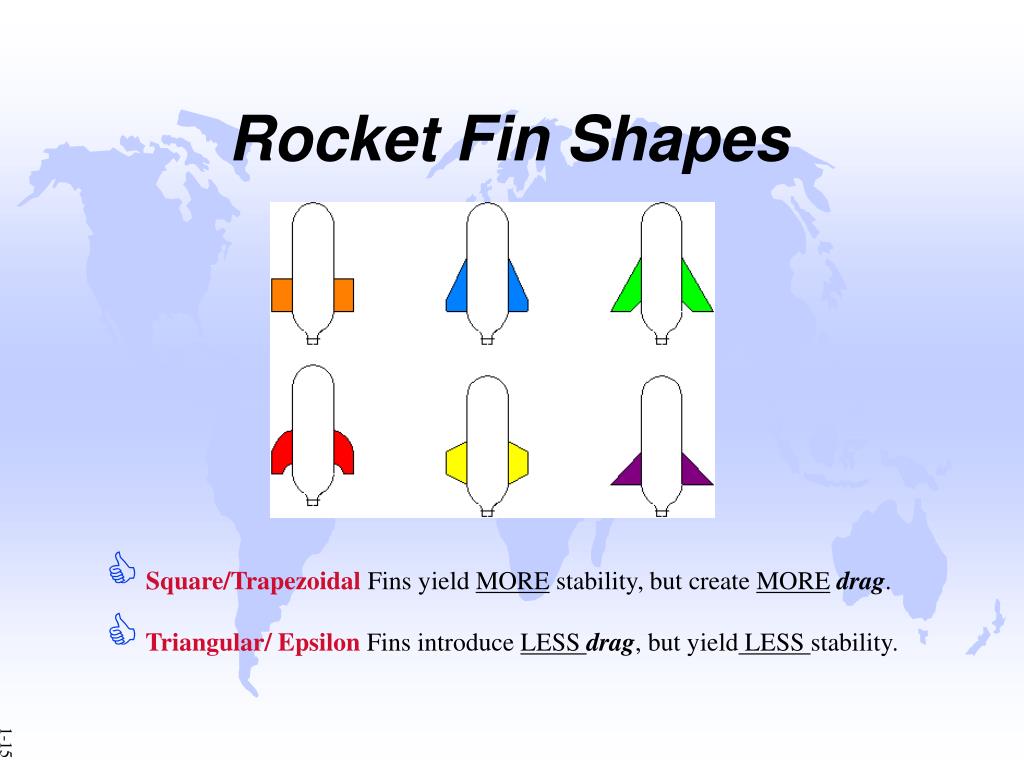
There are a few advantages and disadvantages regarding conical rocket nose shapes vs. Parabolic and elliptical shaped nose cones have been adopted in many commercial aircraft due to the reduced drag and corresponding reduced fuel consumption.

However, there are many different kinds of model rocket nose cone shapes that have been used throughout the history of the hobby. In contrast, commercialized aircraft are usually designed with a parabola or elliptical nose cone design due to decreased drag and increased efficiency.įor the highest possible altitude, a rounded, parabolic shape is best when designing a model rocket nose cone. This is the same design shared by airplanes designed to go supersonic, such as the Lockheed Martin SR-71 Blackbird stealth plane. This means that rockets with pointed nose cones are capable of moving very quickly. The smaller the diameter of a rocket’s nose cone, the faster the rocket can be launched in proportion to the amount of thrust provided. How do Model Rocket Noses Affect the Flight of a Rocket?Īs discussed in the previous section, model rocket nose cones affect the drag on a rocket, but how does that affect its flight? This comes back to the aerodynamic force of drag, which is in opposition to the aerodynamic force of thrust provided by the rocket’s motor. The more drag an object has, the more thrust it requires to lift it. The aspect of aerodynamics most heavily influenced by the nose cone of a model rocket is drag, also known as air resistance.

The science of aerodynamics affects natural occurrences such as bird flight, but it is of supreme interest to scientists when it comes to aerospace engineering.Īerodynamics consists of the four physical forces that are exerted on an object when it is flying through the air: lift, thrust, drag, and weight (gravity).

#Fin shape rocket how to#
We just built our own beautiful launch controllers that make launches SO much more fun, and we documented EVERY single step and item purchased and put it into a step-by-step course that teaches you how to do the exact same thing.Ĭlick here to learn more about how you can build your own launch controllers! Get the EXACT materials list along with easy to follow step-by-step instructions on how to build your very own launch controller and make launches 10x BETTER in our course: License to LaunchĪerodynamics is (according to NASA) the science of how air moves around objects and is also the science of how physical objects are able to fly. Whether you’re constructing a prefabricated model rocket or designing a handcrafted one of your very own, understanding the aerodynamic design of nose comes is crucial to understanding the overall science of rocketry and how a rocket gets off the ground.Īre you still using the standard Estes controllers for your launches? Materials commonly used for model rocket nose cone construction.How rocket nose cones affect the flight of a rocket.How rocket nose cones factor into aerodynamics.Compared to other designs, elliptical and parabolic nose cones tend to be the most efficient due to their reduced drag. Model rocket nose cones vary in shape, which each have unique properties of drag that affect the overall aerodynamics and efficiency of the model rocket itself. So what do you need to know about model rocket nose cones? The shape and construction of a nose cone impact the aerodynamics of the overall rocket, and subsequently, whether it’ll fly or not. When it comes to model rocket nose cones, nose cone design is almost a discipline in rocketry all its own.


 0 kommentar(er)
0 kommentar(er)
